Permeable Driveway Info: Learn About Making A Grass Driveway
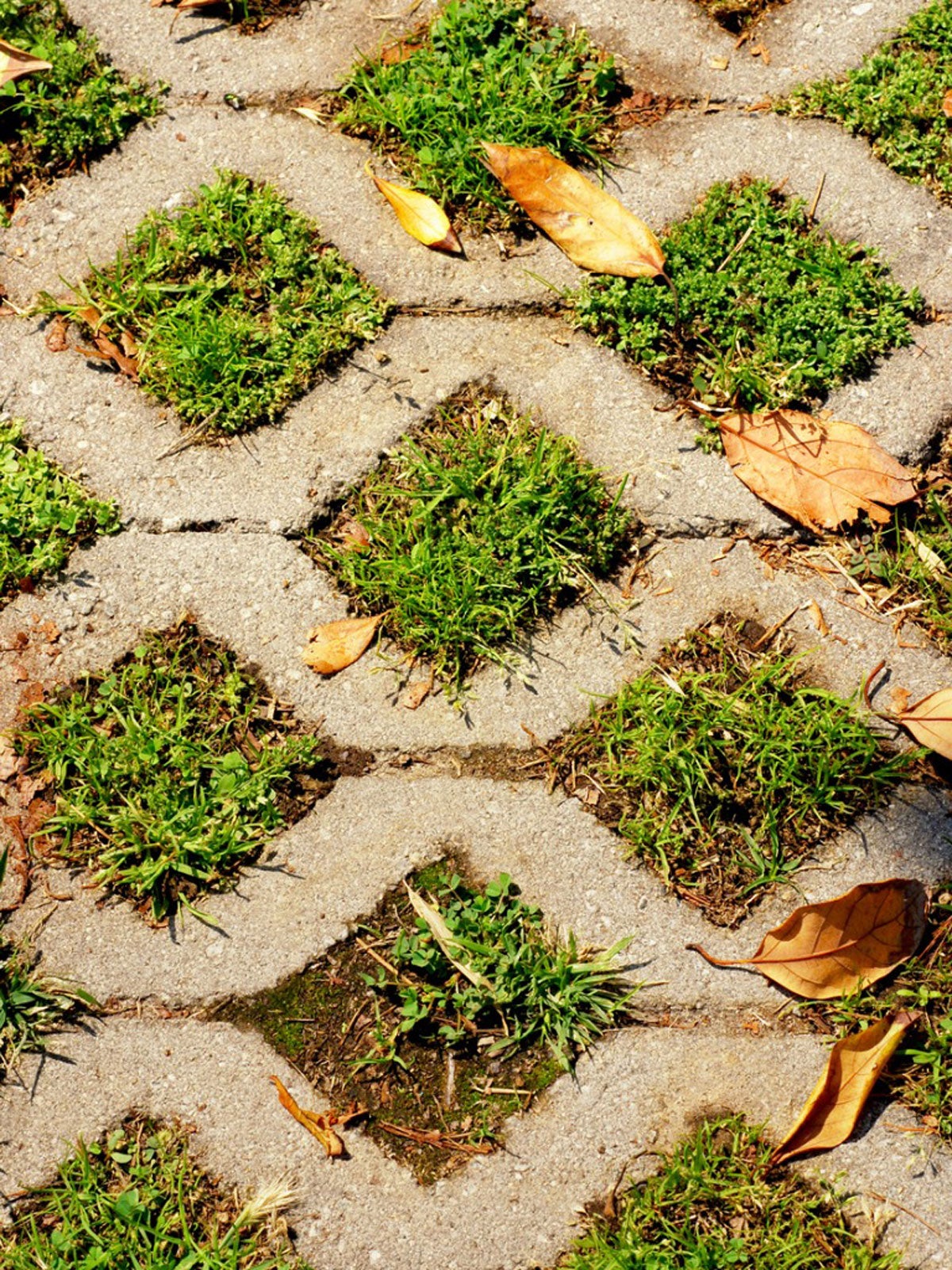

A permeable driveway can be made of many materials, including porous concrete or asphalt, pavers, plastic, and grass. The point of a permeable driveway is to prevent stormwater runoff. Making a grass driveway is relatively simple and cost-effective compared to other options. Read on for ideas on driveway grass pavers and more.
What is a Grass Driveway and Why Would You Want One?
A grass driveway is just as it sounds: a driveway made at least partially of turf grass rather than being constructed entirely of asphalt, concrete, gravel, or pavers. The main reason to have this kind of driveway is to make it permeable to rain and prevent or minimize stormwater runoff.
When it rains on a traditional driveway, the water is not absorbed. It runs off to the street and into storm drains. The problem is that this runoff takes de-icing salt, gasoline and oil residue, fertilizer, and other substances with it and runs into local waterways.
A stormwater friendly driveway helps prevent pollution. A driveway made mostly with grass is fairly inexpensive, it improves curb appeal, and it reduces the amount of salt needed in the winter to prevent ice accumulation.
Driveway Grass Pavers, Plastic Grids, and Ribbon Driveways
An all-grass driveway is really just an extension of the lawn, but there are easy ways to delineate it from the yard while still creating a more environmentally friendly drive.
- One strategy is to use pavers. These are made of concrete or other materials and interlock to create cells in which grass grows. Typically, they are placed over gravel or a similar substrate to help with drainage.
- A similar strategy is to use plastic grids. The grid holds crushed gravel to help hold rainwater so that it has time to absorb into the soil below. You can then add soil and grass seed on top or just use gravel.
- A ribbon driveway is not a new design, but it’s making a comeback as people seek to reduce runoff. This simply means creating two strips of concrete or other driveway material with a ribbon of grass in between. It reduces the driveway footprint.
Making a Grass Driveway – Choosing the Right Grass
If your car will be driving and parking on the grass, as it would if you use pavers or a plastic grid, you need to choose a grass that will stand up to it. The right type will also depend on your climate.
Good options for tough grass that can handle cars include Bermuda, St. Augustine, zoysia and perennial ryegrass.
Gardening tips, videos, info and more delivered right to your inbox!
Sign up for the Gardening Know How newsletter today and receive a free copy of our e-book "How to Grow Delicious Tomatoes".
Also, keep in mind that grass will die if there is a car parked over it for too long. Don’t use grass driveways where you will be keeping a car long-term.

Mary Ellen Ellis has been gardening for over 20 years. With degrees in Chemistry and Biology, Mary Ellen's specialties are flowers, native plants, and herbs.
-
 Moody Blooms For Spring: 8 Types Of Black Flowers To Add Drama To Spring Displays
Moody Blooms For Spring: 8 Types Of Black Flowers To Add Drama To Spring DisplaysFrom midnight burgundies to inky violets, several types of black flowers can enrich and embolden a spring display. Try these brooding bloomers for a moody garden
By Tonya Barnett
-
 My Homemade Orchid Fertilizer Always Brings More Blooms – Here's The Easy Recipe That Transforms Plants
My Homemade Orchid Fertilizer Always Brings More Blooms – Here's The Easy Recipe That Transforms PlantsScientist-turned-gardener Mary Ellen Ellis shares her tried-and-tested DIY orchid fertilizer recipe, plus more ingredients to try for healthy, happy plants.
By Mary Ellen Ellis
-
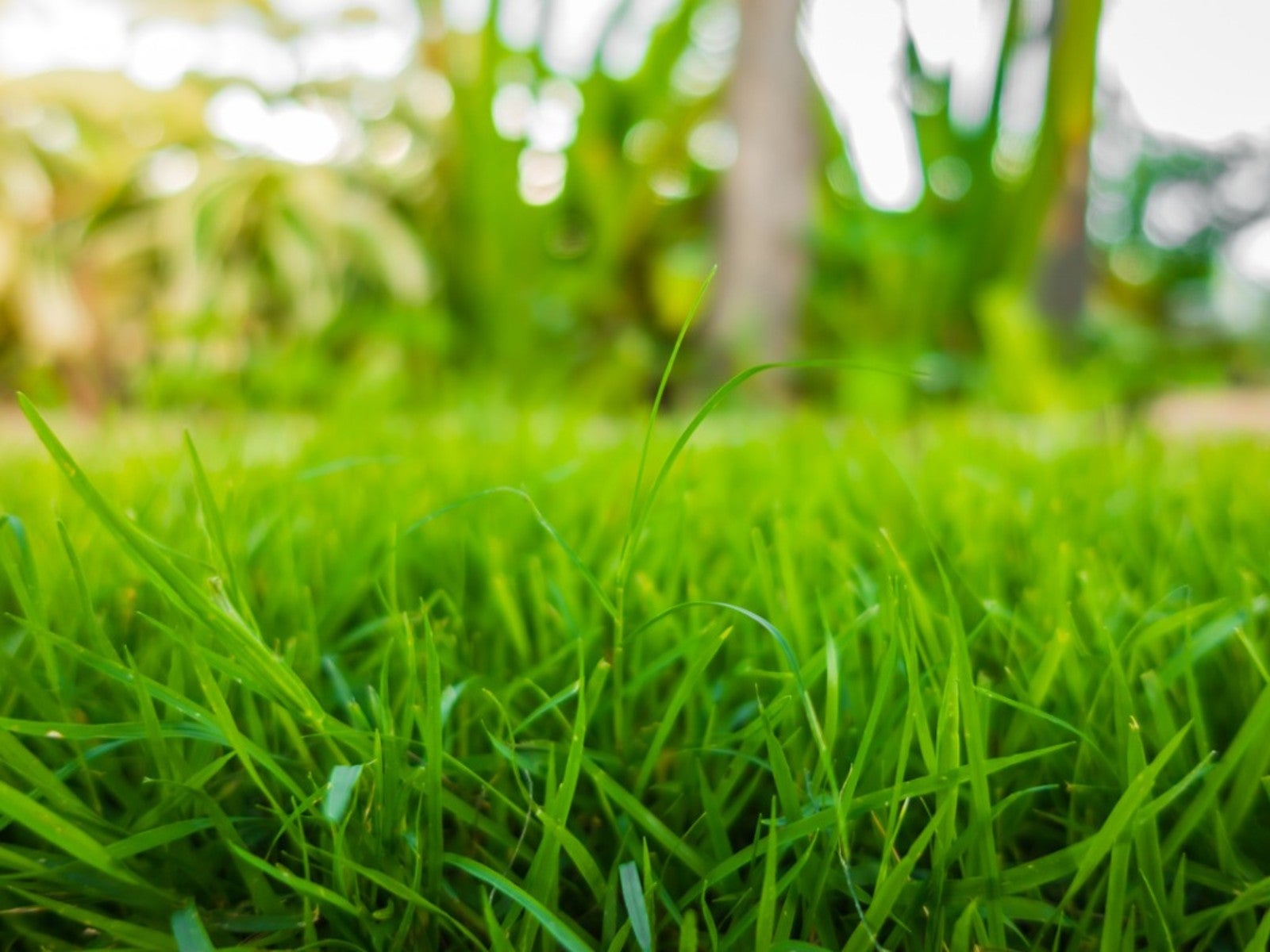 Sustainable Turf Species For A Greener Lawn
Sustainable Turf Species For A Greener LawnClick here for some of the most sustainable types of turf grass you can grow for an eco-friendly lawn.
By Bonnie L. Grant
-
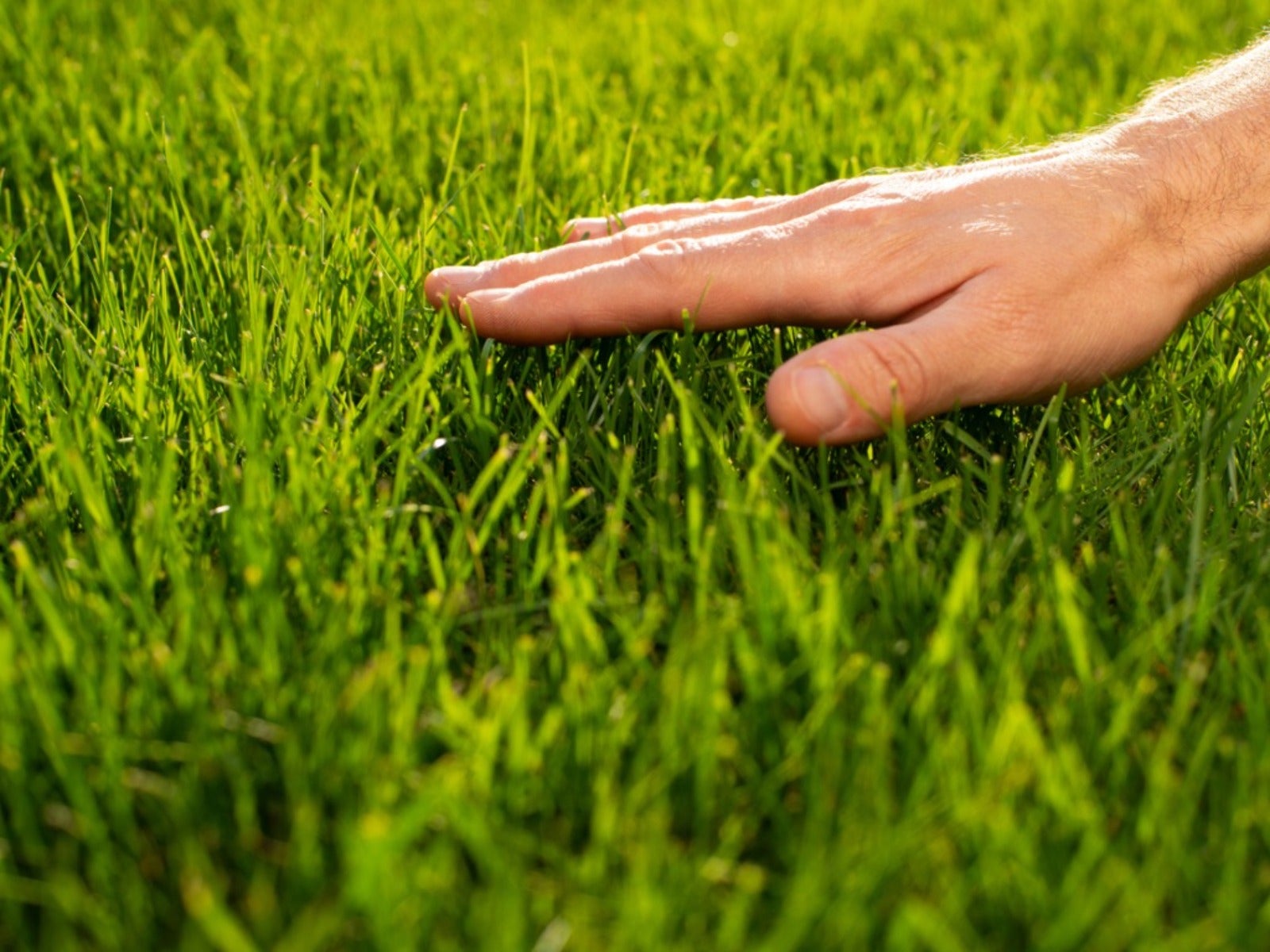 How To Grow A Sustainable Lawn
How To Grow A Sustainable LawnAdjust your thinking about a perfect green lawn and consider more sustainable methods. Click here to learn how.
By Mary Ellen Ellis
-
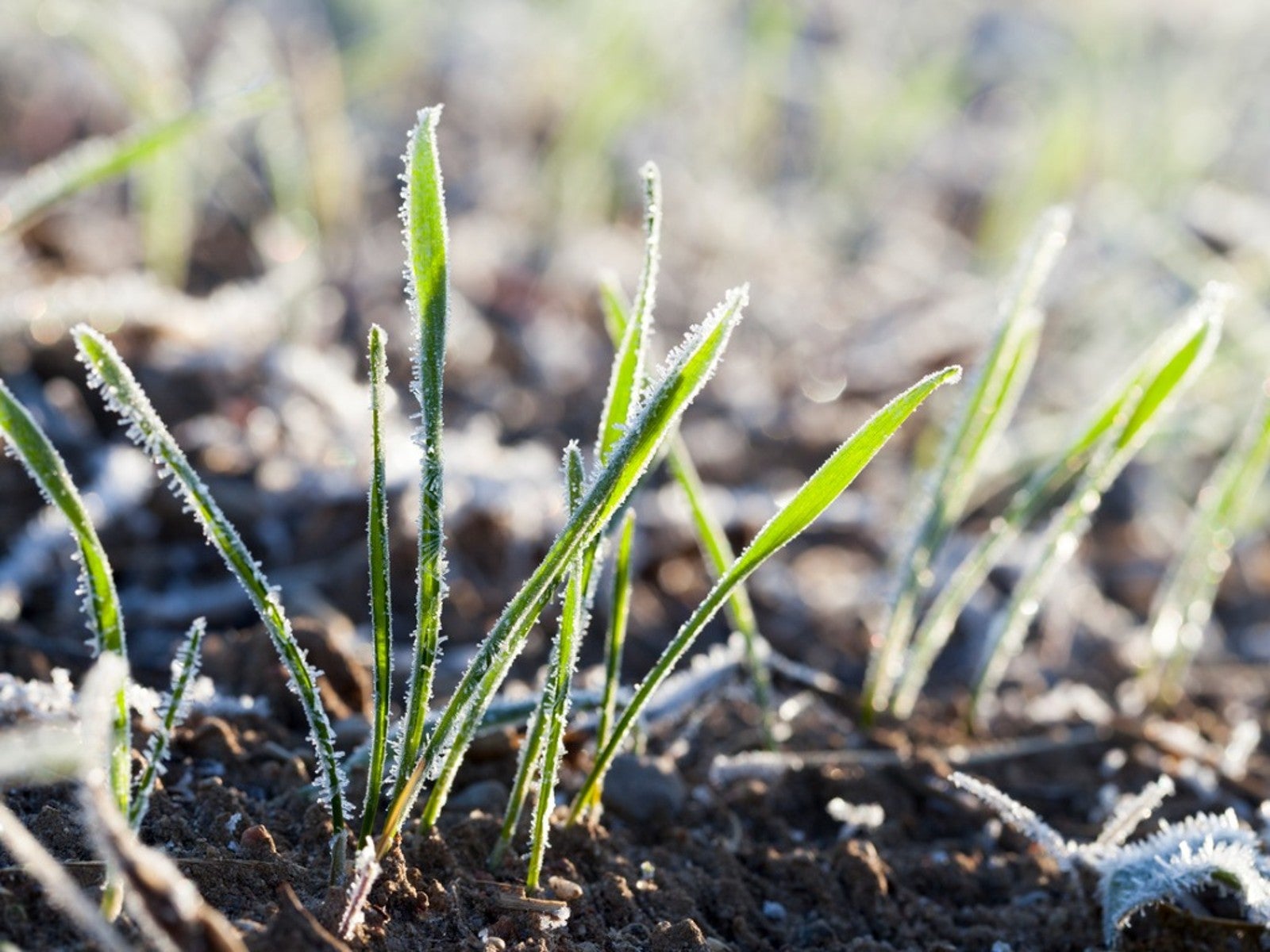 Will Frost Kill Grass Seed And How To Help New Turf Survive
Will Frost Kill Grass Seed And How To Help New Turf SurviveLearn how to help your newly sown grass survive frost and freezing weather.
By Amy Grant
-
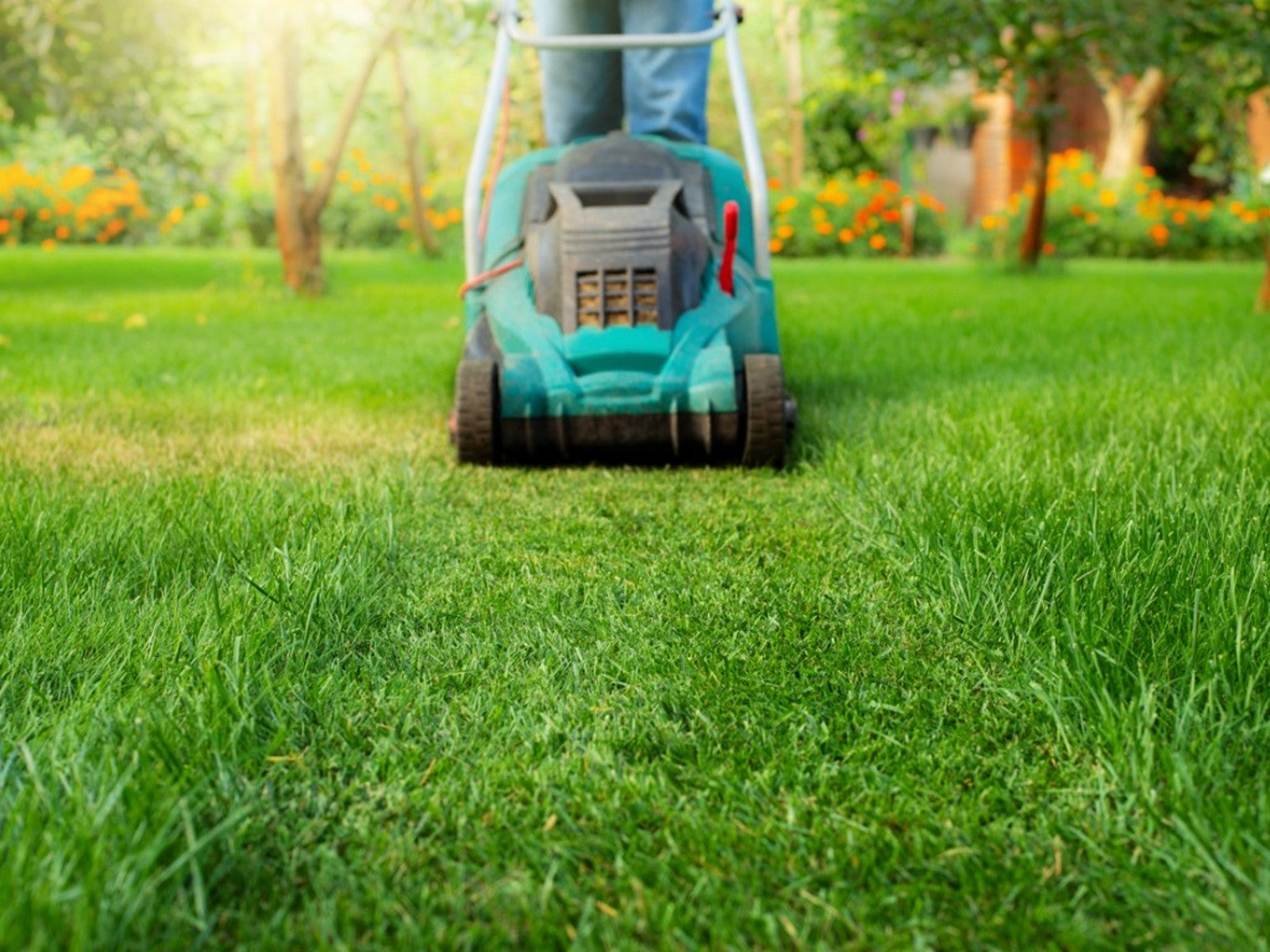 Lawn Problems That Aren’t Really Problems
Lawn Problems That Aren’t Really ProblemsYour lawn may not require as much work as you think. Learn which common problems aren’t really problems.
By Teo Spengler
-
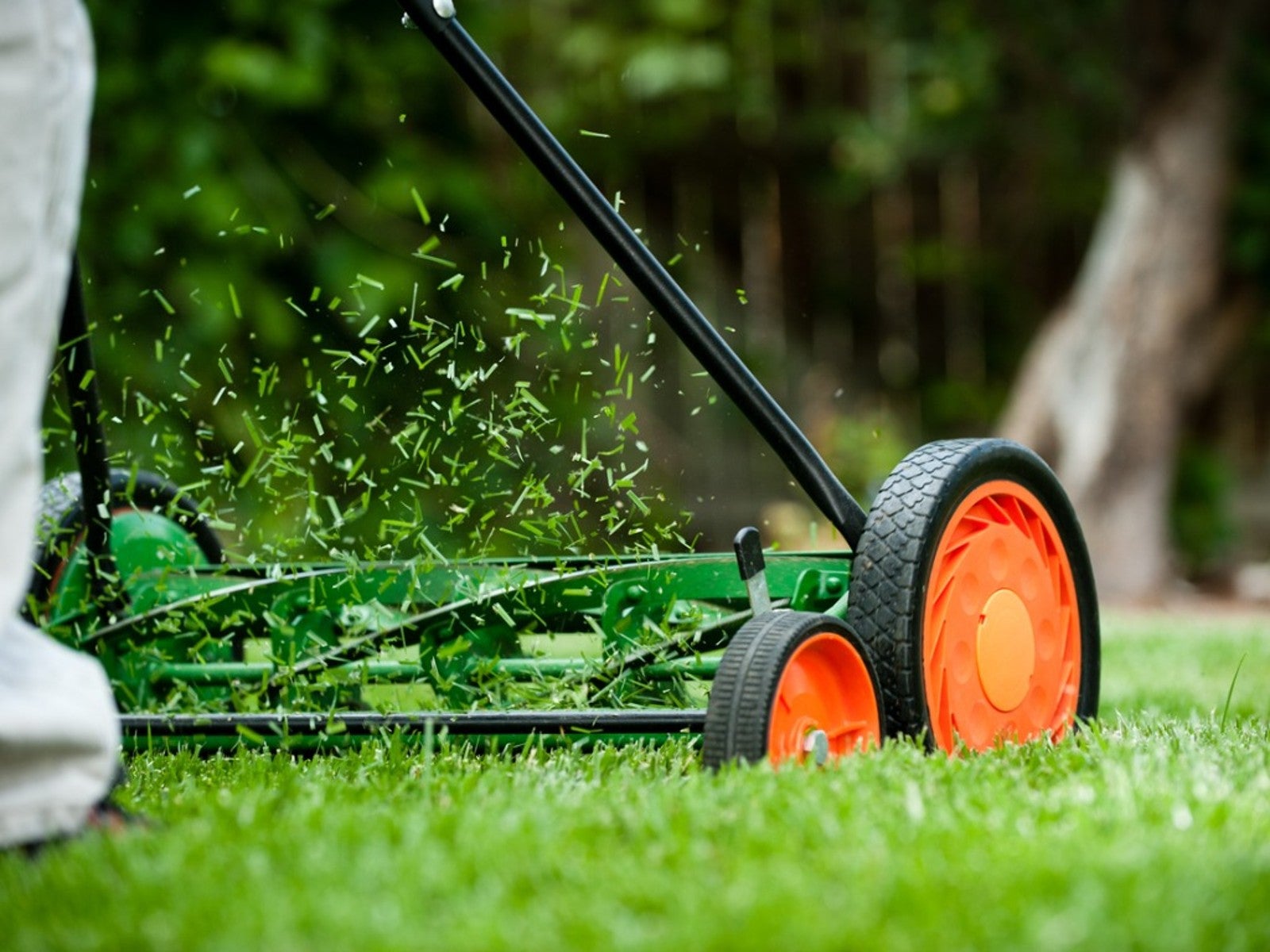 Why A Manual Push Mower Is Good For You And The Environment
Why A Manual Push Mower Is Good For You And The EnvironmentReel mowers are making a comeback, but why? Click here to learn about reel mower pros and cons.
By Amy Grant
-
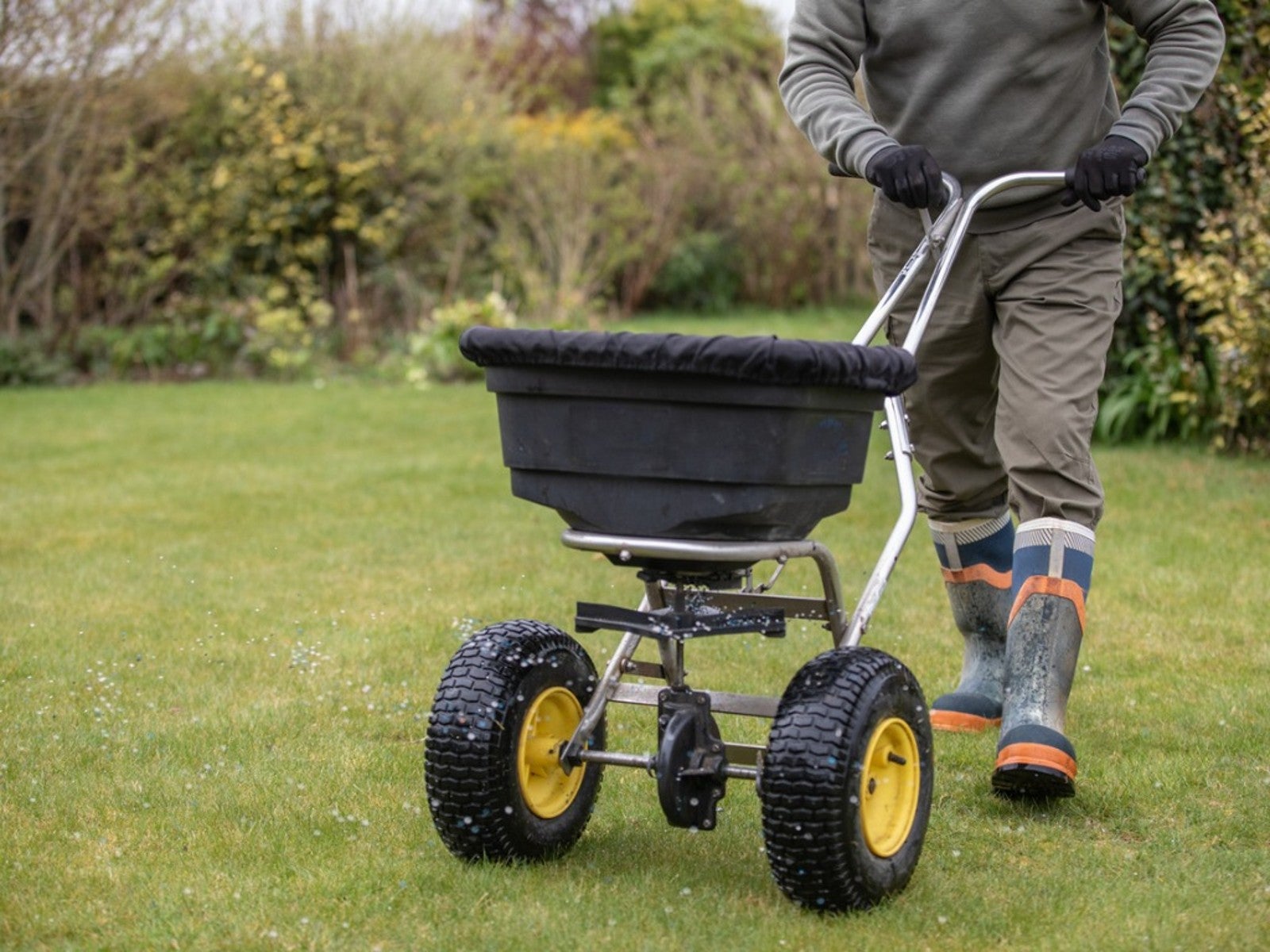 Fertilize Grass In Fall For A Lush Lawn In Spring
Fertilize Grass In Fall For A Lush Lawn In SpringFor everything you need to know about fertilizing your lawn in the fall, click here.
By Susan Albert
-
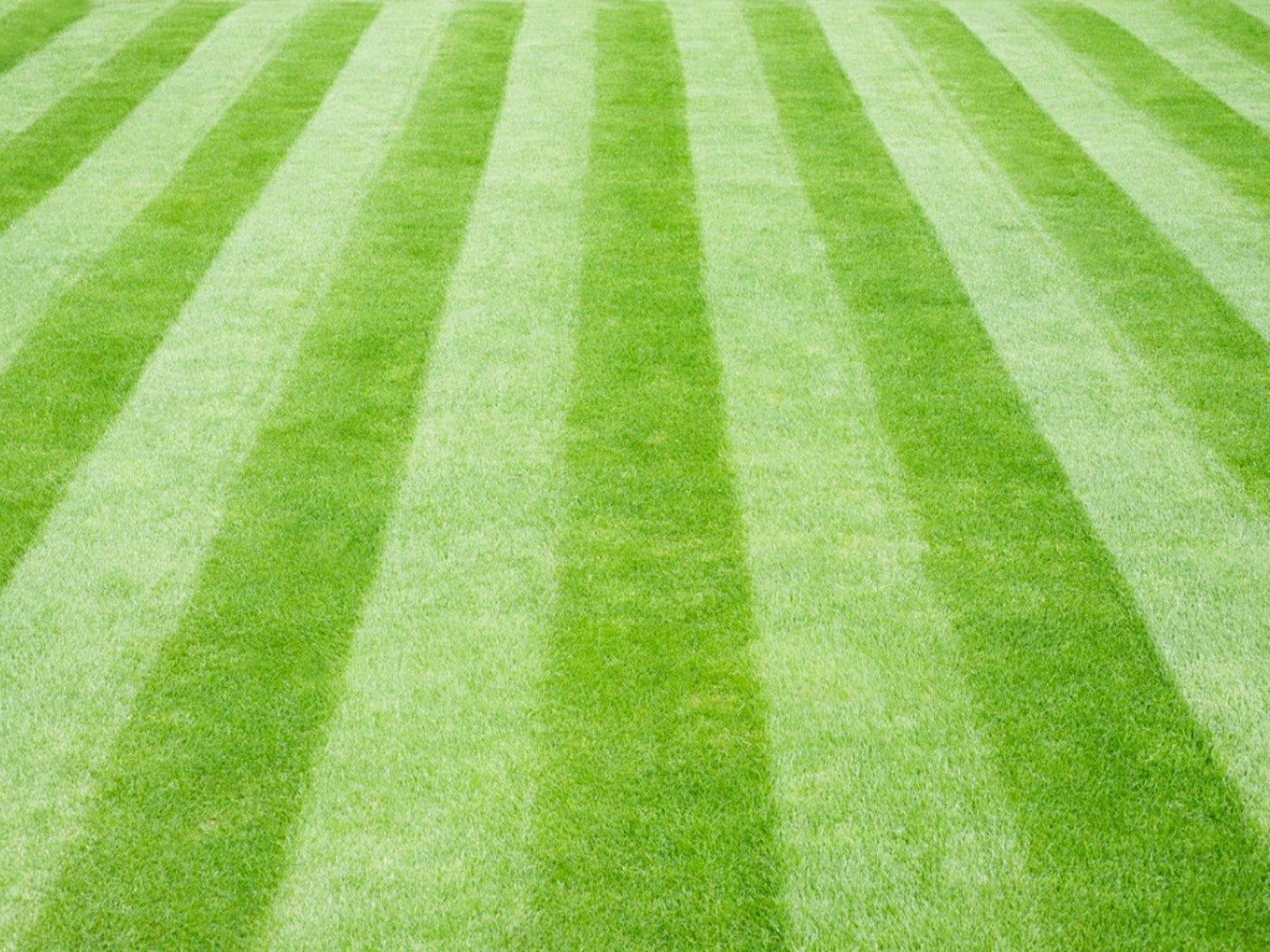 Tips For Mowing Stripes In Lawn
Tips For Mowing Stripes In LawnWouldn’t it be great to have stripes in your lawn like a sports field? Learn how here.
By Susan Albert
-
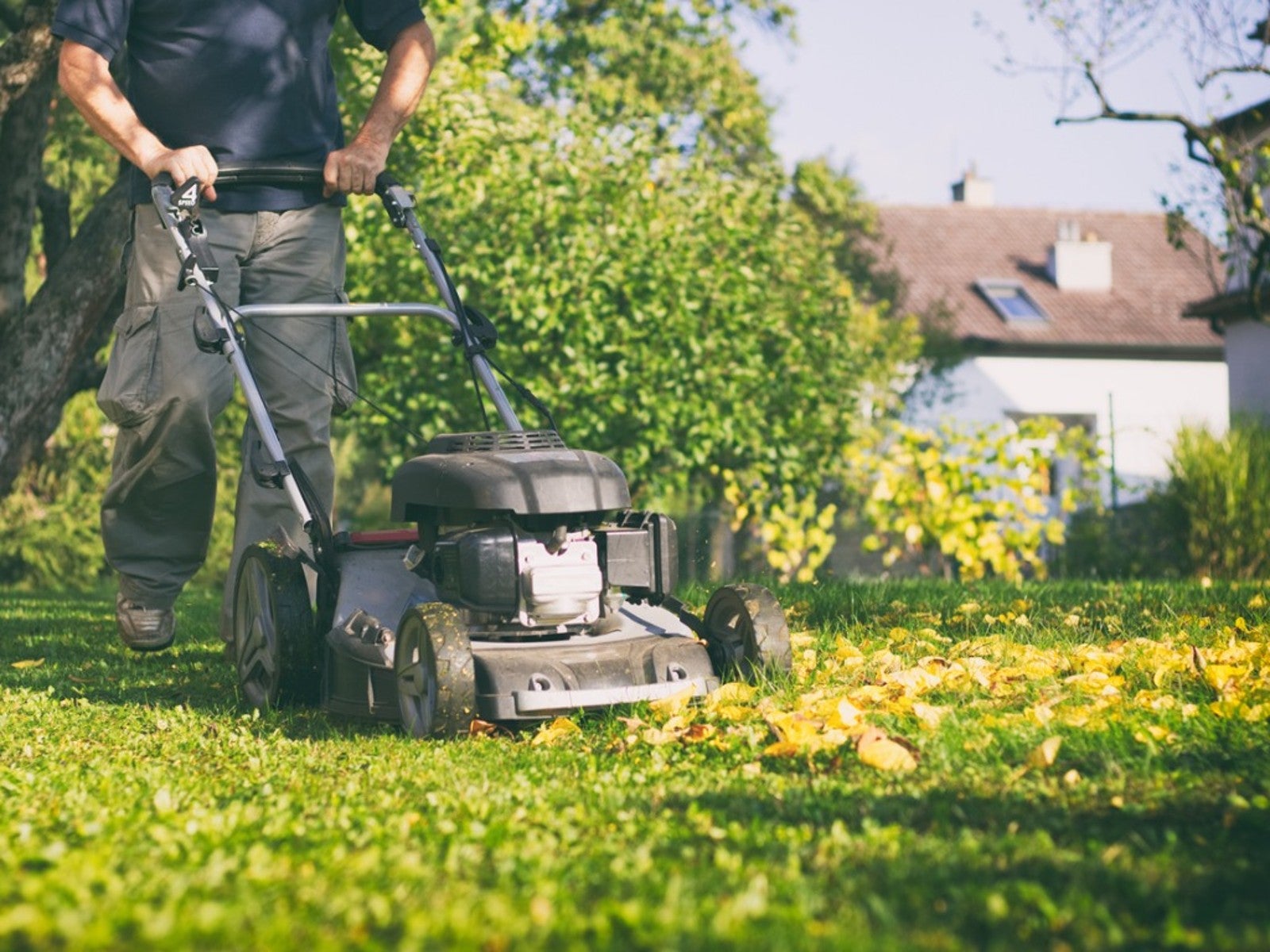 Late Summer Lawn Care Checklist
Late Summer Lawn Care ChecklistPlan to do some late summer care and maintenance of your lawn so it will be healthy and beautiful in the spring. Here are some tips.
By Laura Miller